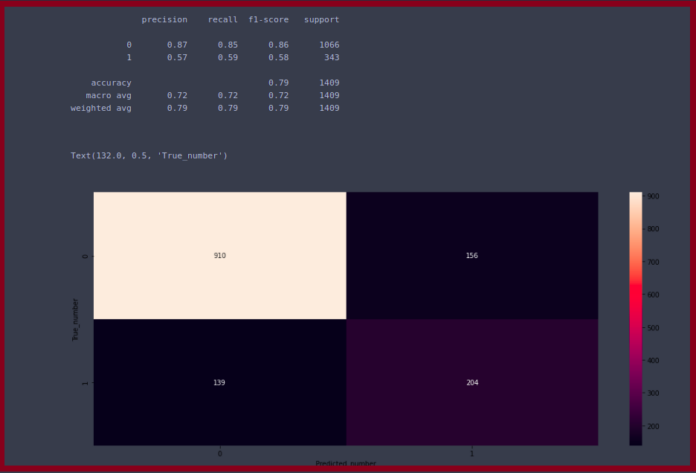stats.binned_statistic_2d(arr1, arr2, values, statistic='mean', bins=10, range=None) function computes the binned statistics value for the given two dimensional data.
It works similar to histogram2d. As histogram function makes bins and counts the no. of points in each bin; this function computes the sum, mean, median, count or other statistics of the values for each bin.
Parameters :
arr1 : [array_like]input array to be binned along the first dimension.
arr2 : [array_like]input array to be binned along the second dimension.
values : [array_like]on which stats to be calculated.
statistics : Statistics to compute {mean, count, median, sum, function}. Default is mean.
bin : [int or scalars]If bins is an int, it defines the number of equal-width bins in the given range (10, by default). If bins is a sequence, it defines the bin edges.
range : (float, float) Lower and upper range of the bins and if not provided, range is from x.max() to x.min().Results : Statistics value for each bin; bin edges along first and second dimension; bin number.
Code #1 :
# stats.binned_statistic_2d() method import numpy as np from scipy import stats x = np.random.rand(10) y = np.random.rand(10) z = np.arange(10) print ("x : \n", x) print ("\ny : \n", y) print ("\nz : \n", z) # count print ("\nbinned_statistic_2d for count : ", stats.binned_statistic_2d(x, y, values = z, statistic ='count', bins = [5, 5])) |
Output :
x :
[0.31218238 0.86791445 0.42763346 0.79798587 0.91361299 0.09005856
0.54419846 0.18973948 0.67016378 0.8083121 ]y :
[0.35959238 0.69265819 0.18751529 0.98863414 0.97810927 0.24054104
0.76764562 0.60635485 0.61551806 0.63884672]z :
[0 1 2 3 4 5 6 7 8 9]binned_statistic_2d for count : BinnedStatistic2dResult(statistic=array([[1., 0., 1., 0., 0.],
[0., 1., 0., 0., 0.],
[1., 0., 0., 1., 0.],
[0., 0., 1., 0., 0.],
[0., 0., 1., 1., 2.]]), x_edge=array([0.09005856, 0.25476945, 0.41948033, 0.58419122, 0.74890211,
0.91361299]), y_edge=array([0.18751529, 0.34773906, 0.50796283, 0.6681866, 0.82841037,
0.98863414]), binnumber=array([16, 39, 22, 40, 40, 8, 25, 10, 31, 38], dtype=int64))
Code #2 :
# stats.binned_statistic_2d() method import numpy as np from scipy import stats x = np.random.rand(10) y = np.random.rand(10) z = np.arange(10) # mean print ("\nbinned_statistic_2d for mean : ", stats.binned_statistic_2d(x, y, values = z, statistic ='mean', bins = [5, 5])) |
Output :
binned_statistic_2d for mean : BinnedStatistic2dResult(statistic=array([[5., nan, 7., nan, nan],
[nan, 0., nan, nan, nan],
[2., nan, nan, 6., nan],
[nan, nan, 8., nan, nan],
[nan, nan, 9., 1., 3.5]]), x_edge=array([0.09005856, 0.25476945, 0.41948033, 0.58419122, 0.74890211,
0.91361299]), y_edge=array([0.18751529, 0.34773906, 0.50796283, 0.6681866, 0.82841037,
0.98863414]), binnumber=array([16, 39, 22, 40, 40, 8, 25, 10, 31, 38], dtype=int64))

